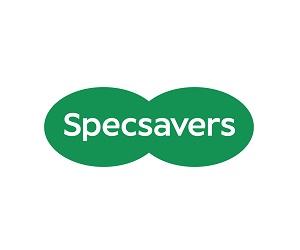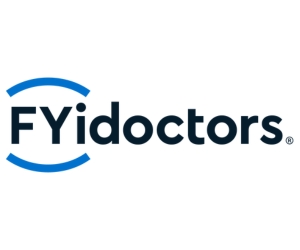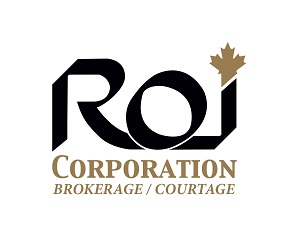
Bad doctors and nurses aren’t the culprit for dissatisfied patients. Rather, it’s the patient experience that most point to when unhappy with a health-care experience, according to a study conducted by Vanguard Communications, and published last year in the Journal of Medical Practice Management.
Most patients rated their doctors highly, the study found: 61 percent gave five-star reviews, compared to only 23 percent who gave one-star reviews. When patients did leave negative comments, the researchers found that only 4 percent of their complaints were explicitly related to medical treatment. The other 96 percent focused on issues such as inadequate communication, wait times and disorganized operations.
It’s important we fix inadequate communication, unnecessary wait times and disorganized operations in the practice. Let’s consider them one at a time.
INADEQUATE COMMUNICATION
What is the main issue with inadequate communication? George Bernard Shaw nailed it when he said: “The single biggest problem in communication is the illusion that it has taken place.” Looking at malpractice claims shows that George’s statement is correct. A breakdown in communication between the doctor and patient is the “root cause” of malpractice claims. Right up there with this as a primary cause of malpractice lawsuits is the perception by the patient that the doctor is uncaring. It may not be that the doctor was actually uncaring; she may have just rushed the exam, and that led to a communication problem where the patient perceived the doctor was uncaring. Remember, from the patient’s perspective, perception is reality.
Getting patients to follow our treatment plan should be in our top goals for the exam. We are going to do a lot of exams over the course of our career. A doctor will have as many as 192,000 patient interactions over a 40-year career (20 patients/day x 5 days/week x 48 weeks/year x 40 years = 192,000).
With so many patient interactions, clear communication with patients is an essential tool for an effective doctor. There is a large body of research over the last 30 years showing the doctor’s ability to explain, listen and empathize has a significant effect on patient outcomes and patient satisfaction.
But how many doctors actually measure outcomes by measuring treatment plans completed? Practice management rule number one is measure to manage. If we want to improve our patient outcomes, then we should start measuring. Once we begin to measure, then we can begin to make changes to improve our outcomes. As we make changes, remember the importance of improving communications with patients as an effective way of improving outcomes. Work on what to say, how to say it, and in what order to say it.
UNNECESSARY WAIT TIMES
Is the doctor on time or routinely running 40 minutes behind? Where do the bottlenecks occur in the practice? What is the wait time in the optical? These are some of the questions that not only should we know the answer to, but we should also have active plans to fix when they are a problem. Patients hate waiting. Yet in most practices, patients wait. Let’s be honest, patients wait primarily because we do not want the doctor to wait. In most practices, the schedule is built to keep the doctor busy.
Patients also wait because we are inefficient or poorly staffed. Take a look this week at the efficiency of the flow of patients through the practice. Identify where and why patients wait, and fix the problems. It may take another piece of pre-testing equipment, an adjustment to the schedule, or another staff member to fix the flow. Make the fix to improve patient flow.
DISORGANIZED OPERATIONS
Analyzing the work flow in a practice is an important step for all practices because it improves efficiency and reduces disorganization. Here’s a simple process to follow to get this done:
1. Break your work flow down into as many steps as possible. The more granular, the better.
2. Lay these steps out using Post-it Notes.
3. Look for exceptions, and create simple decision boxes to capture the variations.
4. Look for ways to improve efficiency.
5. Rearrange your Post-it Notes to show your new, efficient work flow.
6. Implement your changes.
7. Re-do this process every three months until you are satisfied you have the most efficient flow, then review it every six months to make sure it is still the best flow.
Focus this week on improving patient communications, reducing patient wait times, and making your practice operations more efficient to improve patient satisfaction and adherence to the practice.
References
i. http://ministry127.com/resources/illustration/the-biggest-problem-in-communication
ii. Huntington, B., & Kuhn, N. (2003). Communication gaffes: A root cause of malpractice claims. Baylor University Medical Center Proceedings, 16, 157-161.
iii. Beckman, H. B., Markakis, K. M., Suchman, A. L., & Frankel, R. M. (1994). The doctor-patient relationship and malpractice. Lessons from plaintiff depositions. Archives of Internal Medicine, 154(12) 1365-1370.
iv. http://healthcarecomm.org/about-us/impact-of-communication-in-healthcare/

MARK WRIGHT, OD, FCOVD
Dr. Wright is the founding partner of a nine-partner, three-location full-scope optometric practice. As CEO of Pathways to Success, an internet-based practice management firm, he works with practices of all sizes. He is faculty coordinator for Ohio State’s leading practice management program.

CAROLE BURNS, OD, FCOVD
Dr. Burns is the senior partner of a nine-doctor full-scope optometric practice that she built with her husband, Dr. Wright. She is also the COO of a state-wide nursing care optometry practice. Dr. Burns lectures nationally on practice management and staffing issues. Dr. Burns authored the Specialty Practice section of the textbook, Business Aspects of Optometry.























